Tibetan Thangka of Mantra Mandala
Maṇḍala is a Sanskrit word meaning “circle.” In the Buddhist and Hindu religious traditions sacred art often takes a mandala form. The basic form of most Hindu and Buddhist mandalas is a square with four gates containing a circle with a center point. Each gate is in the shape of a T.Mandalas often exhibit radial balance.
| Size | 48X48cm |
| Material | Cotton Canvas and Natural Colors |
$58.00
CompareTHANKA
A thangka, variously spelt as thangka, tangka, thanka, or tanka (Nepali pronunciation: [ˈथान्का]; Tibetan: ཐང་ཀ་; Nepal Bhasa: पौभा), is a Tibetan Buddhist painting on cotton, silk appliqué, usually depicting a Buddhist deity, scene, or mandala. Thangkas are traditionally kept unframed and rolled up when not on display, mounted on a textile backing somewhat in the style of Chinese scroll paintings, with a further silk cover on the front. So treated, thangkas can last a long time, but because of their delicate nature, they have to be kept in dry places where moisture will not affect the quality of the silk. Most thangkas are relatively small, comparable in size to a Western half-length portrait, but some are extremely large, several metres in each dimension; these were designed to be displayed, typically for very brief periods on a monastery wall, as part of religious festivals. Most thangkas were intended for personal meditation or instruction of monastic students. They often have elaborate compositions including many very small figures. A central deity is often surrounded by other identified figures in a symmetrical composition. Narrative scenes are less common, but do appear.
| Size | 48X48cm |
| Material | Cotton Canvas and Natural Colors |

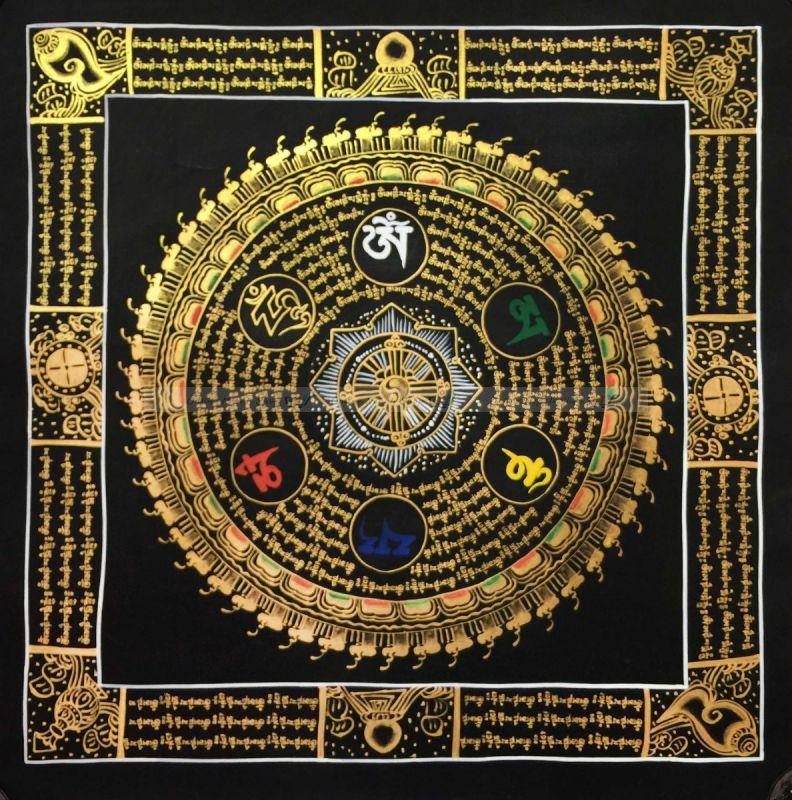
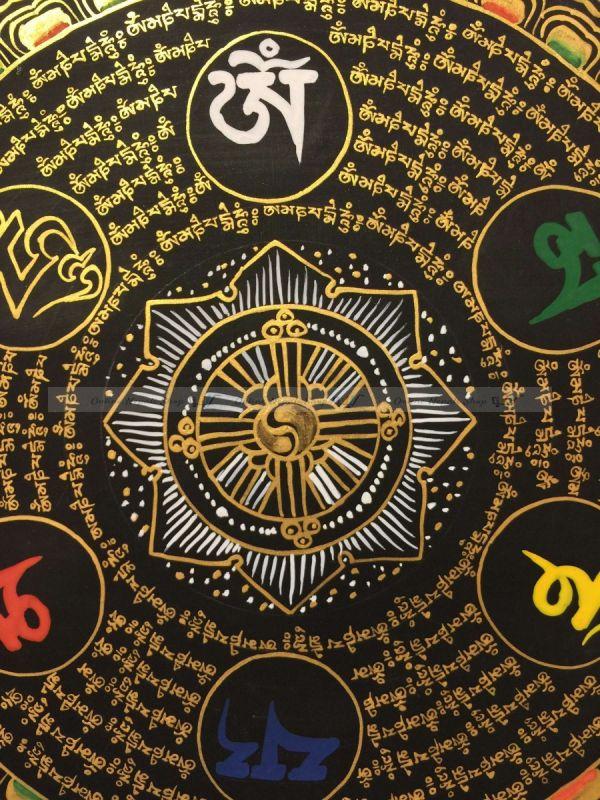
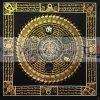
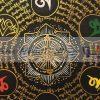



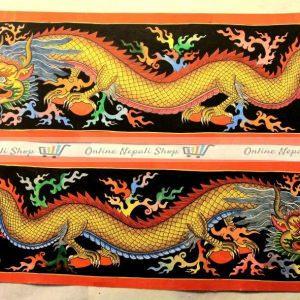
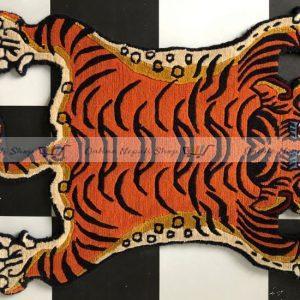
There are no reviews yet.